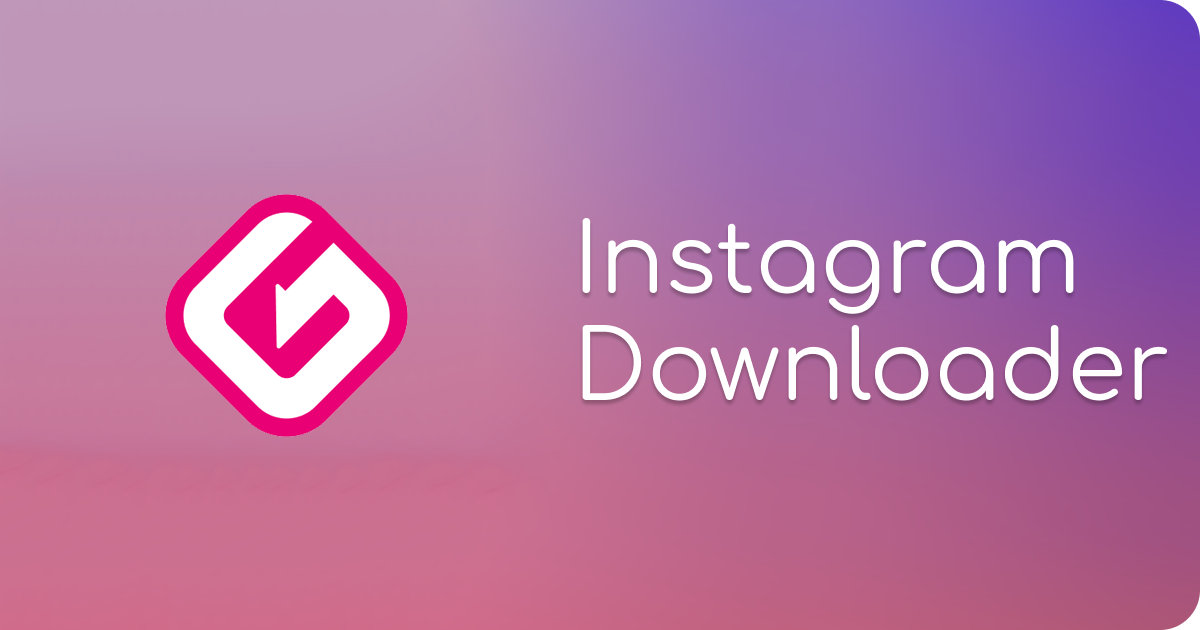
The Business of Apps: Choosing the Right Monetization Strategy
Aside from governmental organizations and not-for-profits, very few people make apps out of the goodness of their hearts. Some branded apps, such as apps for retail companies, can justify the development and upkeep expenses with M-commerce revenue, but most other apps need a “monetization strategy.” Even ostensibly “free” apps need to grease the wheels and earn a profit commensurate with their value to users.
If you or your business is considering launching an app, this article is here to help. The sections below explore various types of monetization, how to choose the right strategy and best practices for implementation.
An Overview of App Monetization Strategies
In the early days of mobile apps (a mere 15 years ago), a creator basically had two options: sell it for a buck to make a buck, or release it as a curio. That changed quickly. Now, several monetization strategies exist to extract money from a mobile app.
Here is a long (but still inexhaustive) list of monetization strategies, including a short description of each:
- Paid App: the OG strategy, a basic commercial transaction that involves users paying a one-time, flat fee for the app download.
- Subscriptions: A subscription model that charges users monthly or annually for continued use of an app’s services.
- In-App Purchases: The app is free to download, but users pay to unlock added features, content, game levels, virtual goods and/or functionalities.
- Freemium: Similar to in-app purchases above, freemium models are free to start; the user may opt to pay for premium features and functionalities.
- Advertising: This monetization strategy relies primarily (sometimes wholly) on hosting ads.
- Sponsorship: Less common, sponsorship models rely primarily on corporate sponsors.
- Data Selling: The most controversial strategy on this list, for good reason. An app creator needs to tread lightly around data selling to maintain proper business ethics and transparency.
Those are your most common options. And while some companies combine strategies, most opt for a single strategy.
How to Choose the Right Strategy for Your App
Choosing the right monetization strategy is an organic step in the app development process – born out of market research, user data analysis, ROI analyses, etc. Therefore, it’s wise to make the decision alongside a trustworthy, collaborative development team. As you work with custom app development services, tick the following boxes:
- Determine Your Value Prop: If your app offers unique content on a continual basis, you may choose a freemium or subscription model. If its value is straightforward (say, an app that secures passwords), you might choose paid or advertising models. Determining your value proposition should guide your decision.
- Research Your Target Audience: Research user behavior, preferences and spending habits to arrive at a monetization strategy that won’t push people away.
- Research the Competition, Past and Present: What works in the market right now? What isn’t working? And what hasn’t worked in the past? Competitive analysis can tell us a lot about the right direction for monetization.
Best Practices for Implementation
As with choosing a monetization strategy, the best practice for implementation is building a custom app with a collaborative development team that emphasizes testing, feedback generation and iteration.
Working with the same custom app development services that built your app, test and optimize your chosen strategy. Use A/B testing and analytics to evaluate user response, then tweak your monetization strategy based on what you uncover. A monetization strategy doesn’t have to be set-in-stone, one-and-done, or final. It should be subject to ongoing scrutiny to ensure that it continues to be the best way to extract value from your product.






